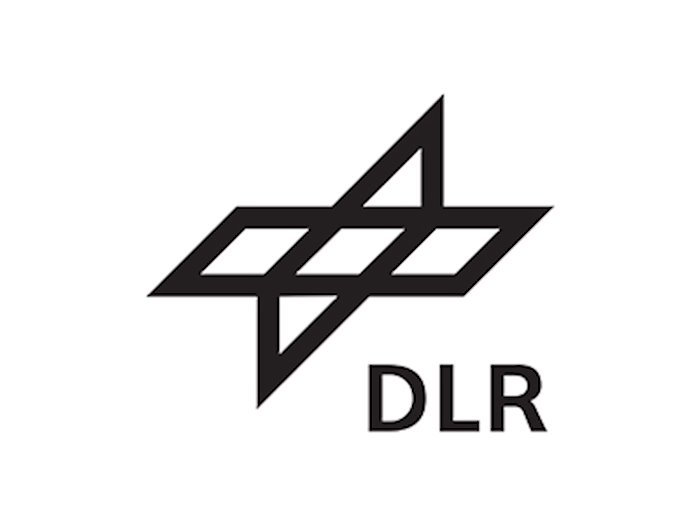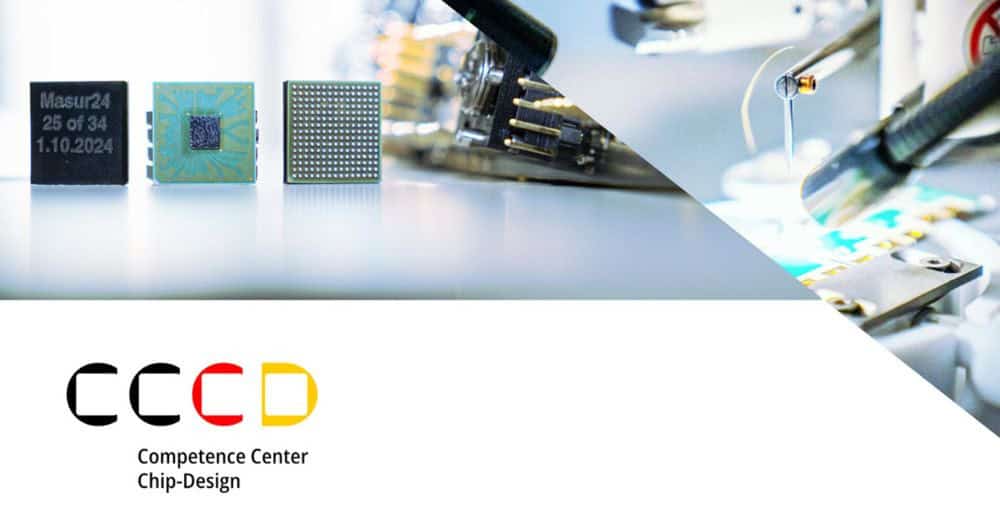
The formula describes so-called long-range interactions, as they often occur in nature. For physicist Dr. Benedikt Fauseweh from the DLR Institute of Software Technology, it made sense to transfer the formula to the behavior of superconductors at the atomic level. In superconductors, electron pairs, known as Cooper pairs, combine to form larger complexes, known as Bose-Einstein condensates. The oscillations of these complexes can be calculated more easily than the states of each individual electron.
In concrete terms, the researchers developed a method in an interdisciplinary collaboration with which the physical properties of a superconductor can be calculated and simulated on the basis of Andreas Buchheit’s mathematical formula. Dr. Torsten Keßler worked on the development of a code that converts the mathematical formula into simulations. Dr. Peter Ken Schuhmacher, also a graduate of Saarland University and research associate at the DLR Institute of Software Technology, contributed expert knowledge from solid-state physics together with group leader Benedikt Fauseweh.
The method is not only interesting because it can be applied to superconductors – the exponentially decreasing computing time of the simulations with more and more simulated particles in a system is particularly exciting, if initially surprising. It is not the forces on individual particles that are calculated, but rather their behavior in larger structural units. In practice, this means that calculations on the behavior of electrons in superconductors using the developed method no longer require the computing capacity of a supercomputer, but run on standard PCs. Simulations can therefore be carried out faster and in larger numbers without the need for supercomputers.
In the next step, this could mean an enormous boost in the development of functional materials for high-tech applications. Superconductors are already used today in the hardware of quantum computers, in magnetic resonance imaging and in other areas of high-performance energy applications. The newly developed method allows the properties of superconductors to be verified in advance through simulations, which in turn means a significant shortening of the physical production and measurement in the development process.
The results of the new interdisciplinary research have been published in the journal Physical Review Research:
Phys. Rev. Research 5, 043065 (2023) – Exact continuum representation of long-range interacting systems and emerging exotic phases in unconventional superconductors (aps.org)
https://journals.aps.org/prresearch/abstract/10.1103/PhysRevResearch.5.043065
Contact
Dr. Benedikt Fauseweh
German Aerospace Center (DLR)
Institute of Software Technology, High-Performance Computing
Cologne
Tel.: +49 2203 601-1159
Fax: +49 2203 601-3070
– – – – – –
Further links
👉 www.dlr.de/sc/
Photo: pixabay




